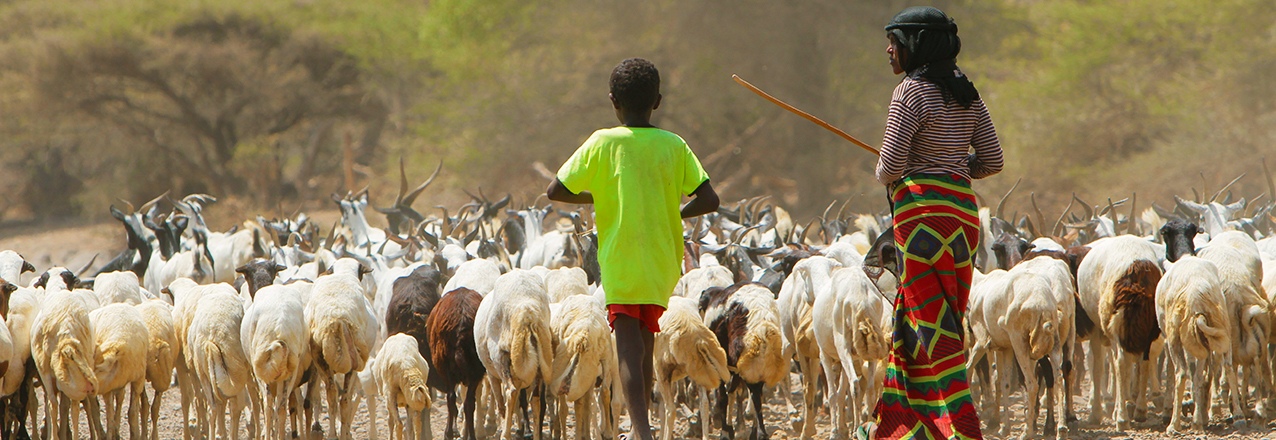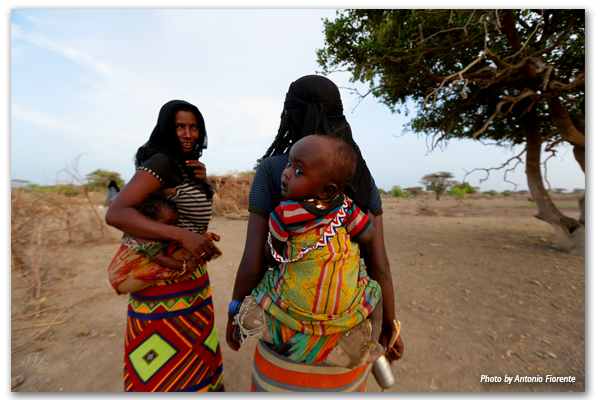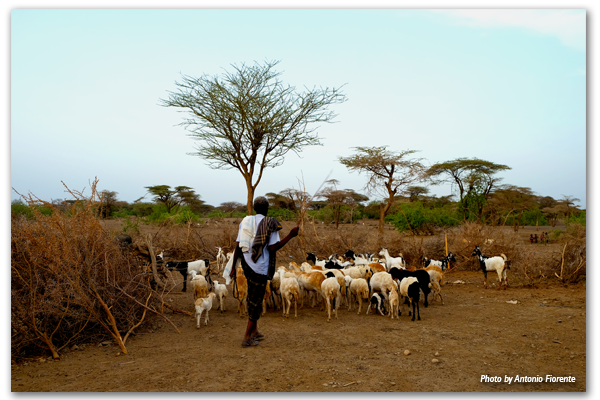Noting World Water Day and reflecting on International Women’s Day movements and Women’s History Month in a number of countries, USAID and IUCN examine their partnership on Advancing Gender in the Environment (AGENT), which aims to improve development outcomes by strengthening environmental programing through gender integration and achieving gender equality outcomes.
Originally published on IUCN’s blog.
Around the world, women play a critical role as natural resource managers –often tilling land and conserving biodiversity while managing household food and energy needs. This close relationship with the environment also means that women face higher risks and suffer disproportionate burdens from environmental impacts and degradation. This is due also in large part to entrenched socio-cultural biases, such as women and girls being primarily responsible for the majority of unpaid care work like cooking and water collection.
These considerations emphasize that gender equality and women’s empowerment–particularly when it comes to ensuring that women and men have equal opportunities in accessing, benefiting from and participating in environmental decision-making–are essential for effective conservation and sustainable development.
A few weeks ago, marking International Women’s Day, IUCN’s Director General made a strong statement on the importance of women in conservation and sustainable development. Today, we are joining advocates from around the world to also mark Women’s History Month and noting the importance of women on World Water Day. We’ve recently expanded our USAID-International Union for the Conservation of Nature (IUCN) partnership into a broader program that enhances environmental programming in a wide range of sectors through the robust integration of gender-responsive approaches and actions throughout USAID programs focused on biodiversity, energy, land rights, urbanization and forestry, among others.
Through Advancing Gender in the Environment (AGENT), USAID Transforms communities by ensuring that environmental programs advance a more sustainable and equitable future for all by recognizing women as agents of change; valuing the diverse knowledge, experiences and capacities of women and men alike; and working to bridge gender gaps.
Over the last year, USAID and IUCN conducted research, and created knowledge products and tools, on the status of women and relevance of gender issues across the environmental sector. When studying national energy policies and frameworks, we found that less than a third of 192 frameworks from 137 countries identified issues that have gender dimensions–i.e. some policies note that women suffer from energy poverty disproportionately–and/or included objectives and strategies that have gender considerations. Furthermore, when women are mentioned, they are often characterized as potential stakeholders or beneficiaries and seldom as innovators or leaders in solutions.
AGENT is underscored by the knowledge that gender equality and women’s empowerment are powerful levers for change: women are vital to conservation and resilience-building efforts and contribute valuable perspectives. For example, in Malawi, when local communities were asked what trees they would like to have planted, men were the majority of respondents, and they requested trees that provide non-renewable sources of income like timber and charcoal. However, when efforts were made to ensure women were surveyed, they asked for fruit-bearing and medicinal trees that provide added nutrition, health benefits and income–all without cutting down trees, thereby helping ensure the success of reforestation objectives.
We know from these kinds of experiences that gender equality and women’s empowerment are intrinsically linked to achieving sustainable development. Yet, as highlighted, critical gender inequalities and gaps persist that limit the ability of women to access markets, capital, training and technologies.
Women also do not have the same rights as men when it comes to customary or legal rights to land, property and resources. This reduces their access to critical means for survival and resilience. Data demonstrate a solemn reality on this issue; women do not have the same legal rights as men to own and access land in over 100 countries. Also, in 90% of 143 economies studied have at least one law restricting women’s economic equality.
Women are often underrepresented or restricted from participating in environmental decision-making and their contributions, innovations and leadership are frequently overlooked. The result is a lost opportunity for environmental initiatives to achieve multiple benefits, scale impacts and increase effectiveness.
Over the next year, AGENT will build new evidence on many important topics, such as why women’s empowerment and participation matters in the power sector, the connections between gender-based violence and the environment, and which gender issues are most prevalent in urban services. Platforms and curated resources are supporting forest and biodiversity programs, and networks of experts will be convened to share best practices and identify new areas of research.
USAID and IUCN are committed to filling critical information gaps on gender and environment, and will work to ensure that strategies and approaches for environmental sustainability are more effective and benefit all people. We are equipping our projects, programs and partners with data, analysis and tools. By doing this, we are working to ensure USAID Transforms by advancing a sustainable future — one that delivers gender equality and women’s empowerment outcomes.
Read the original article on IUCN’s blog.


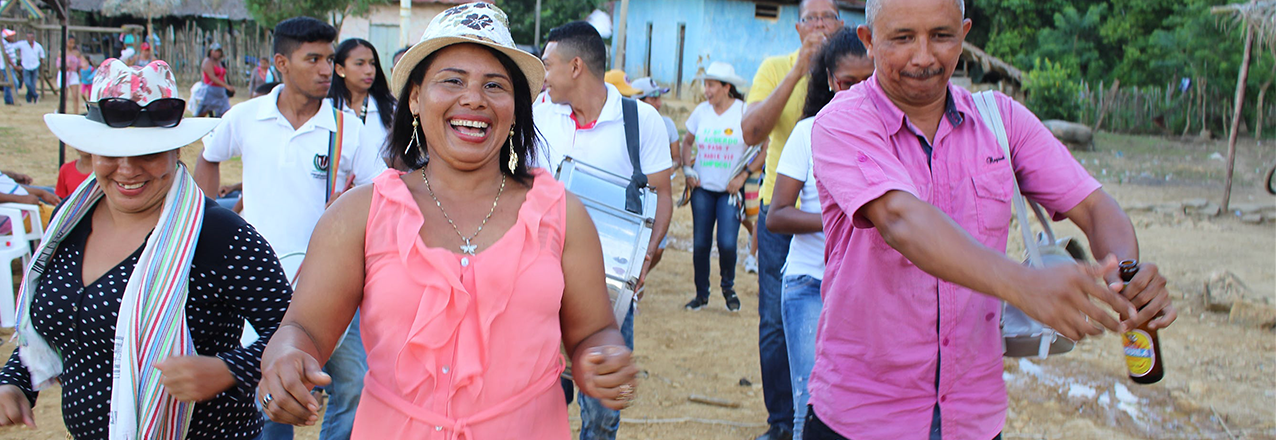
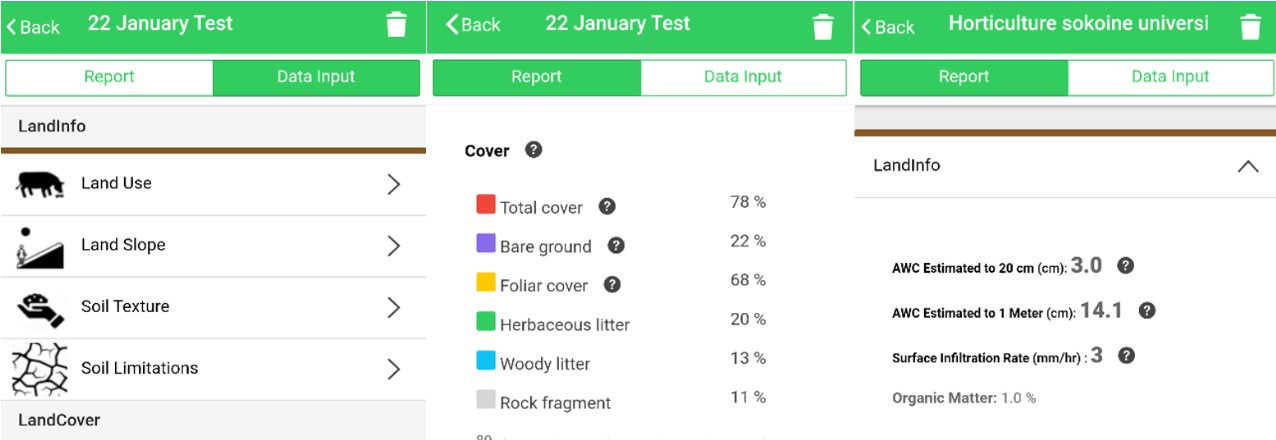
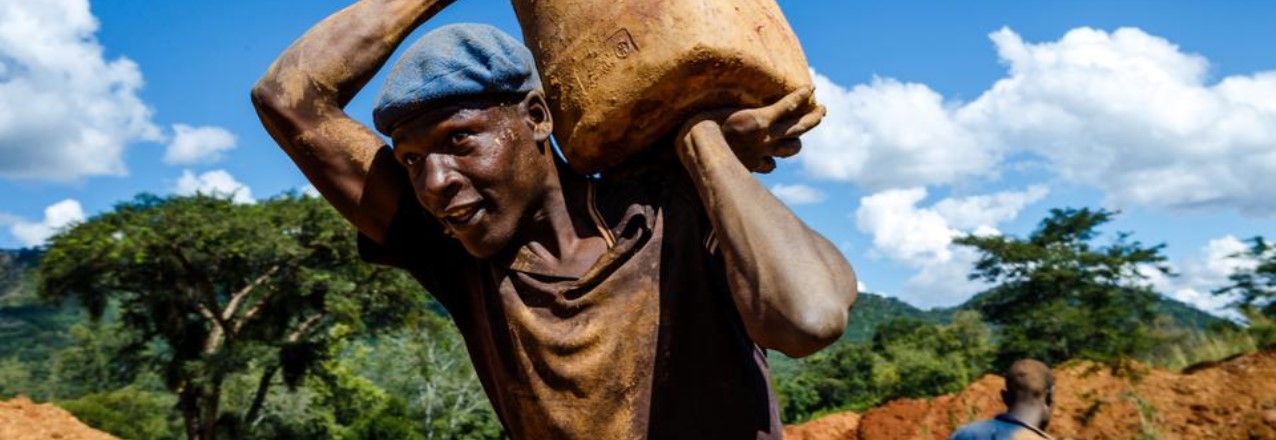
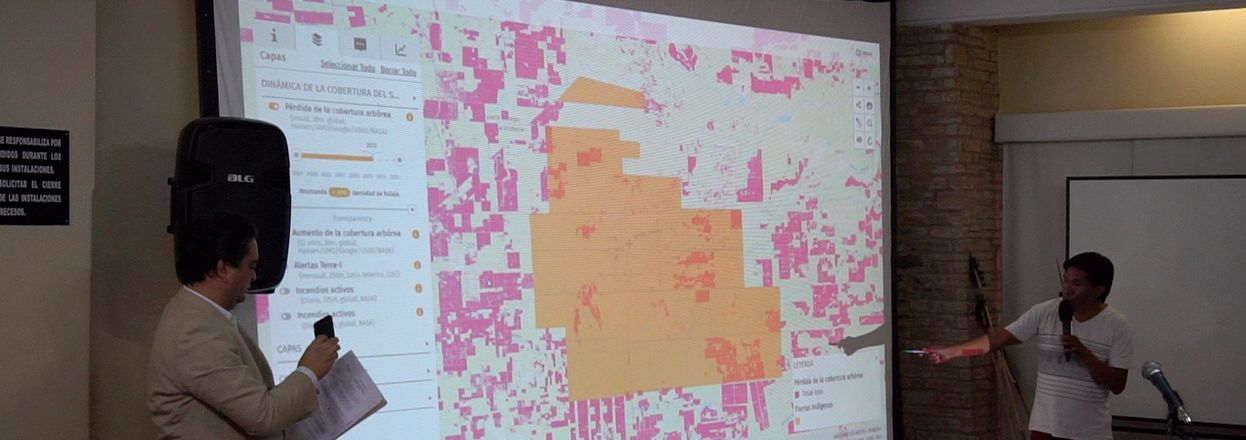
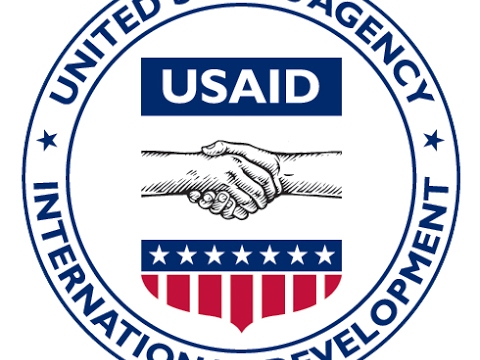

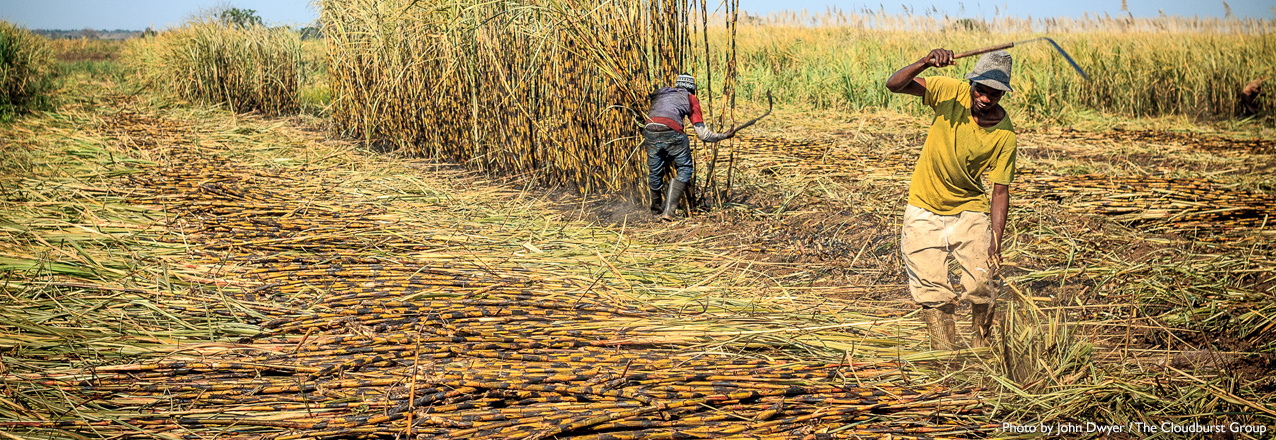
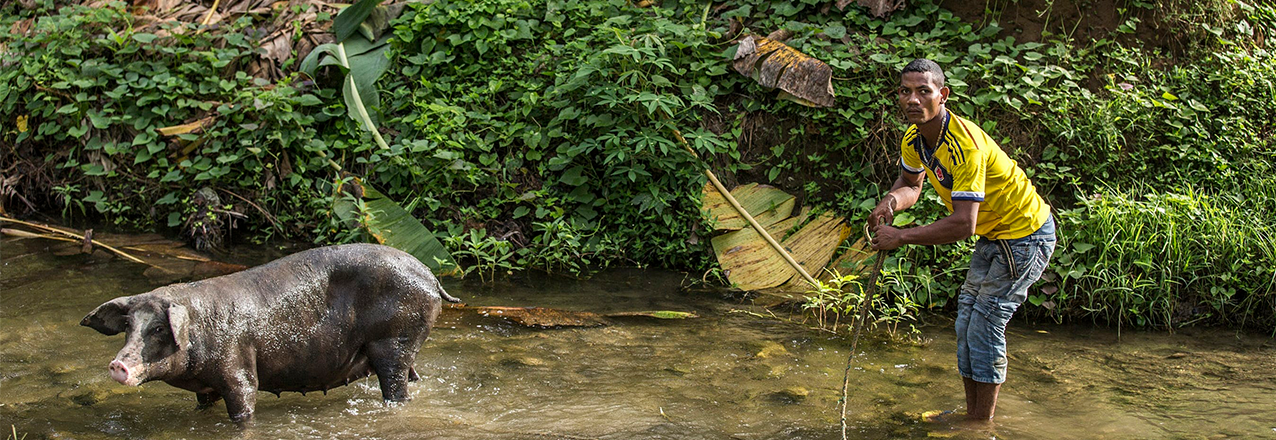
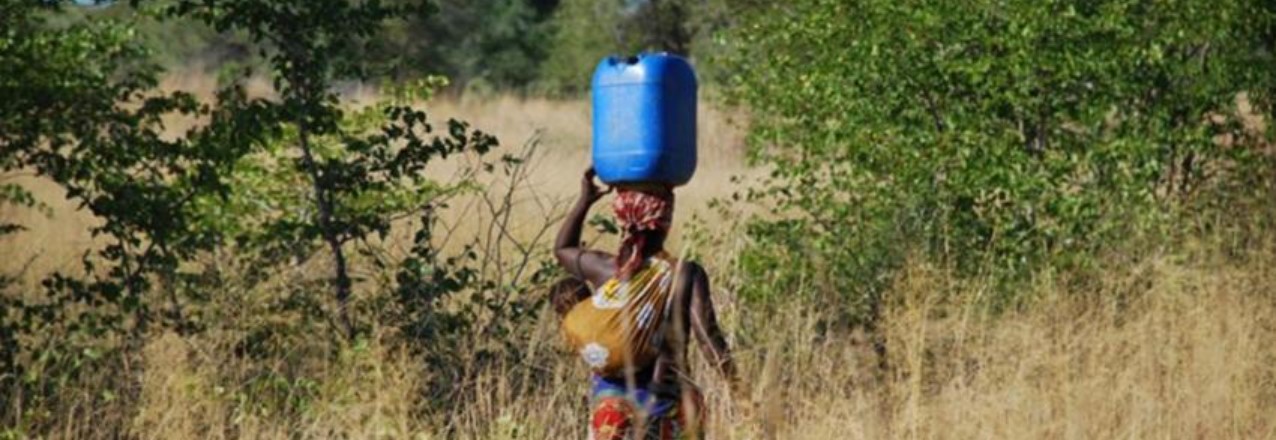
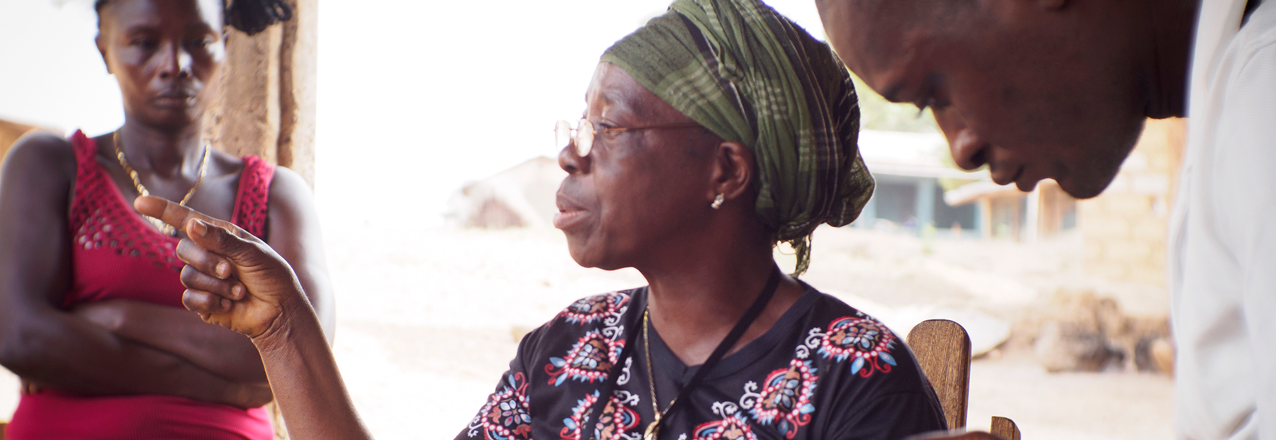
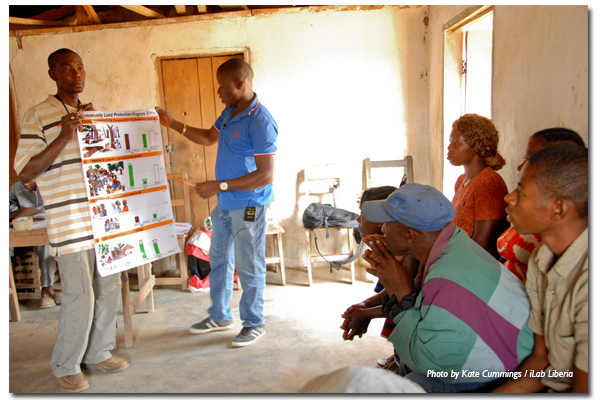 In Liberia, the community organizers for USAID’s
In Liberia, the community organizers for USAID’s 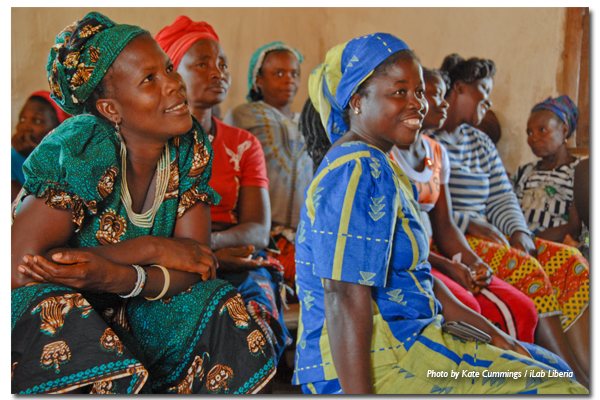 Women’s participation in land governance is low, and in certain cases absent, in both statutory and customary governance systems. Women are disadvantaged in both statutory and customary land governance systems due to underrepresentation, customary norms requiring male accompaniment, lack of consultation and information, low recognition of women’s legal rights to land and inheritance, and the dual system of land governance, both of which contain biases against women.
Women’s participation in land governance is low, and in certain cases absent, in both statutory and customary governance systems. Women are disadvantaged in both statutory and customary land governance systems due to underrepresentation, customary norms requiring male accompaniment, lack of consultation and information, low recognition of women’s legal rights to land and inheritance, and the dual system of land governance, both of which contain biases against women.